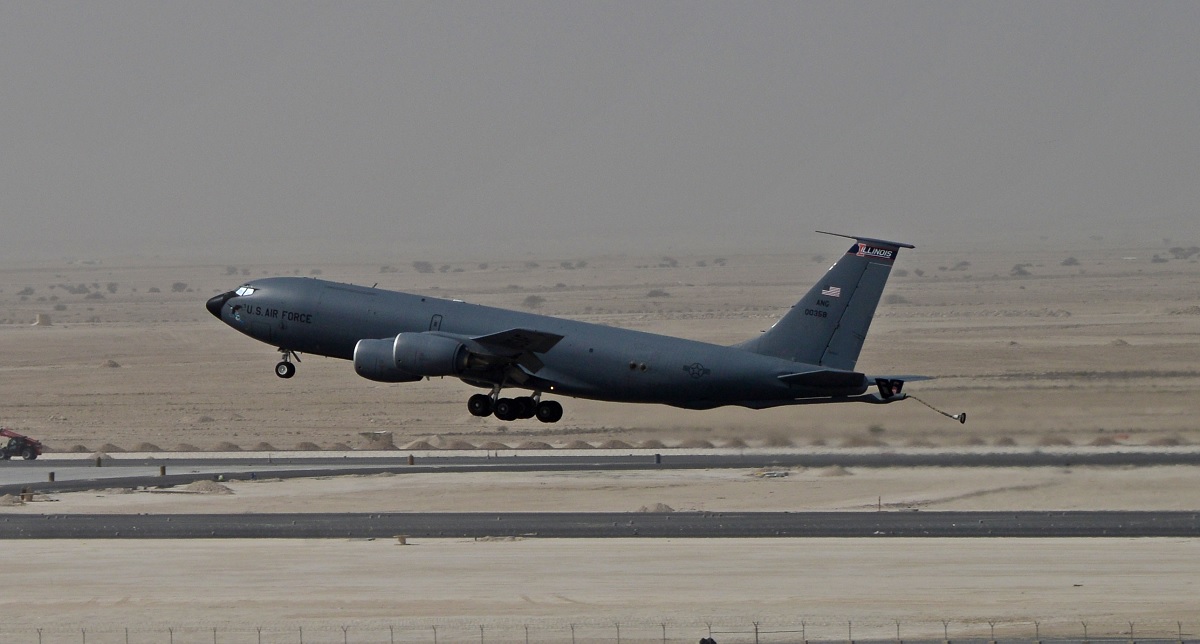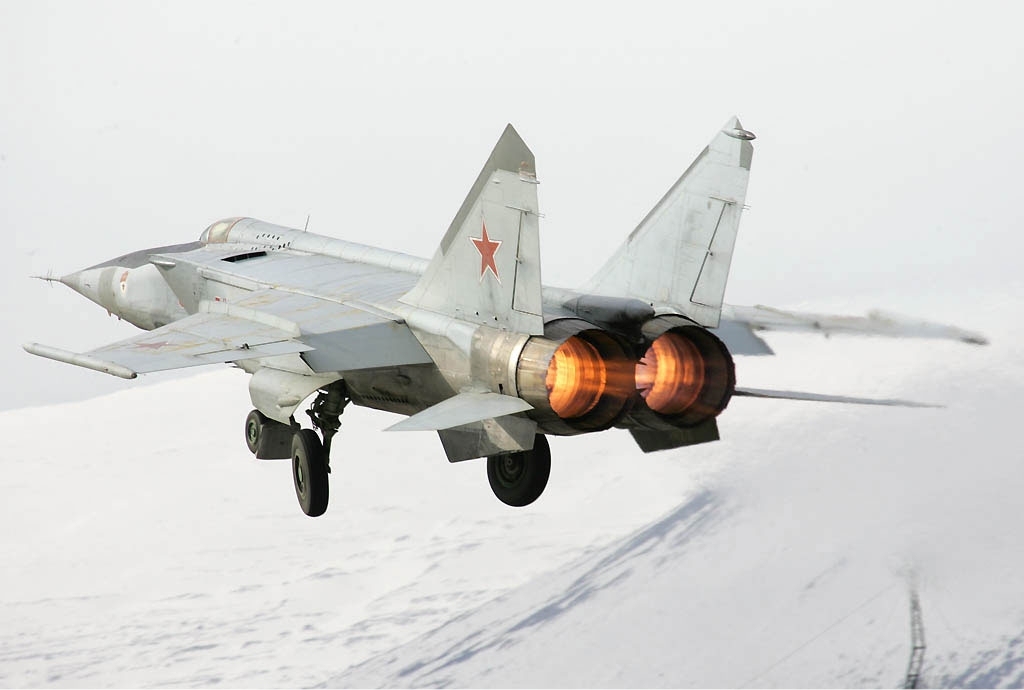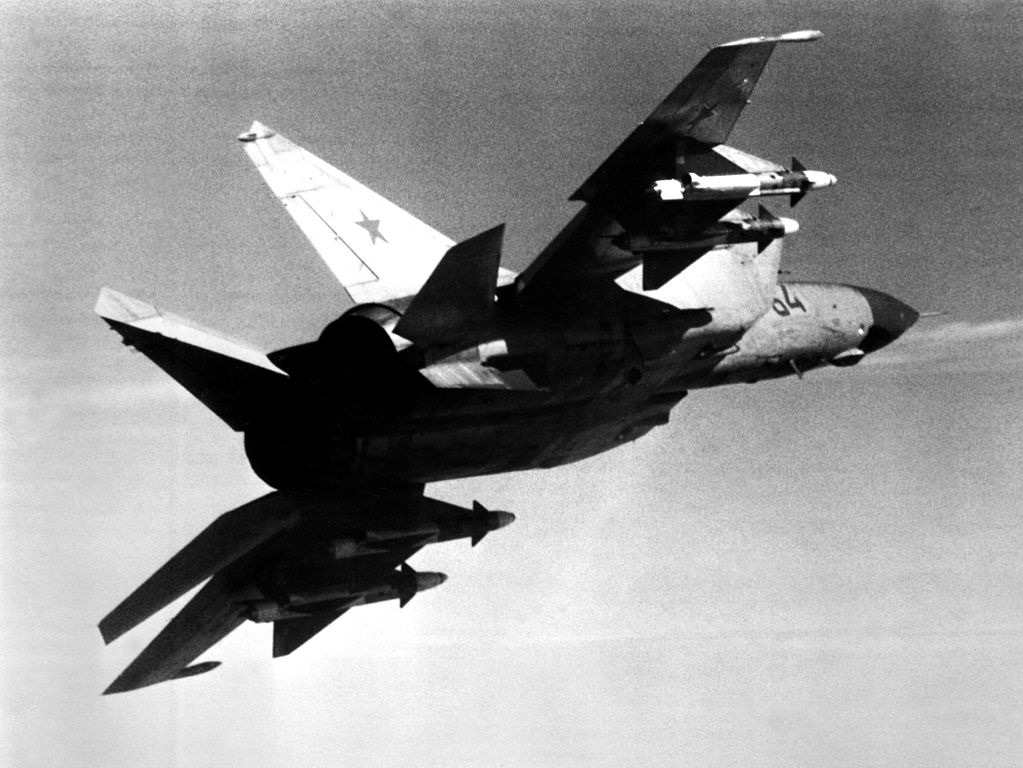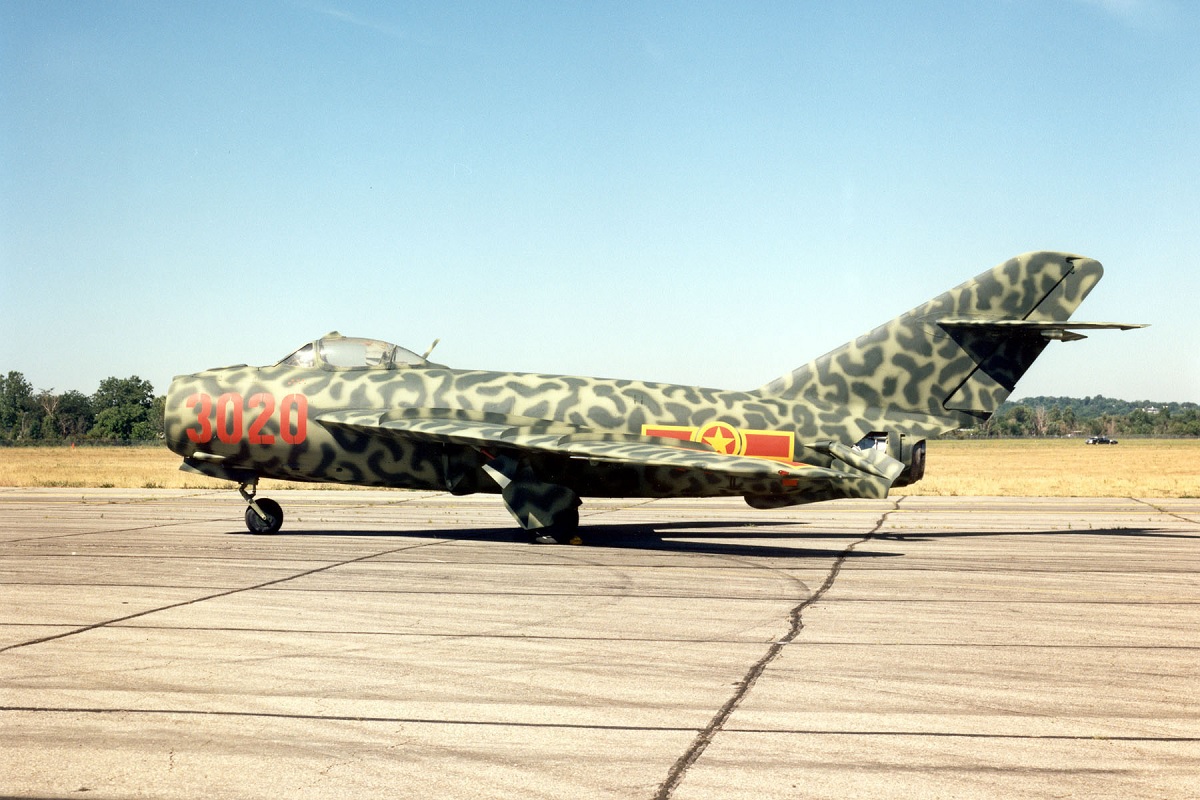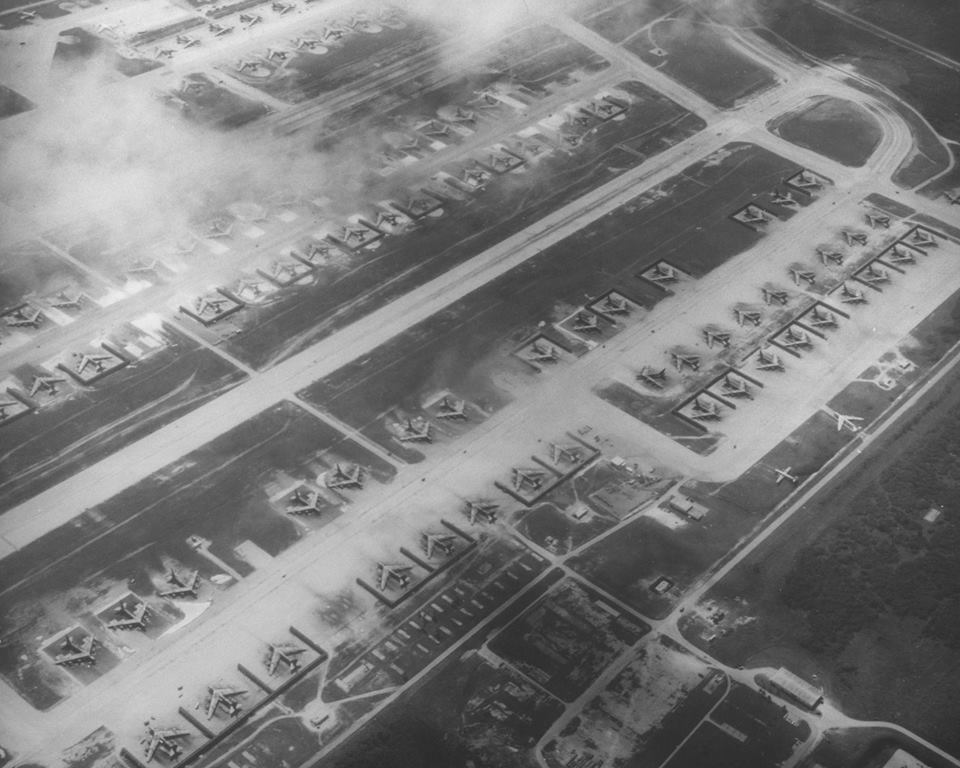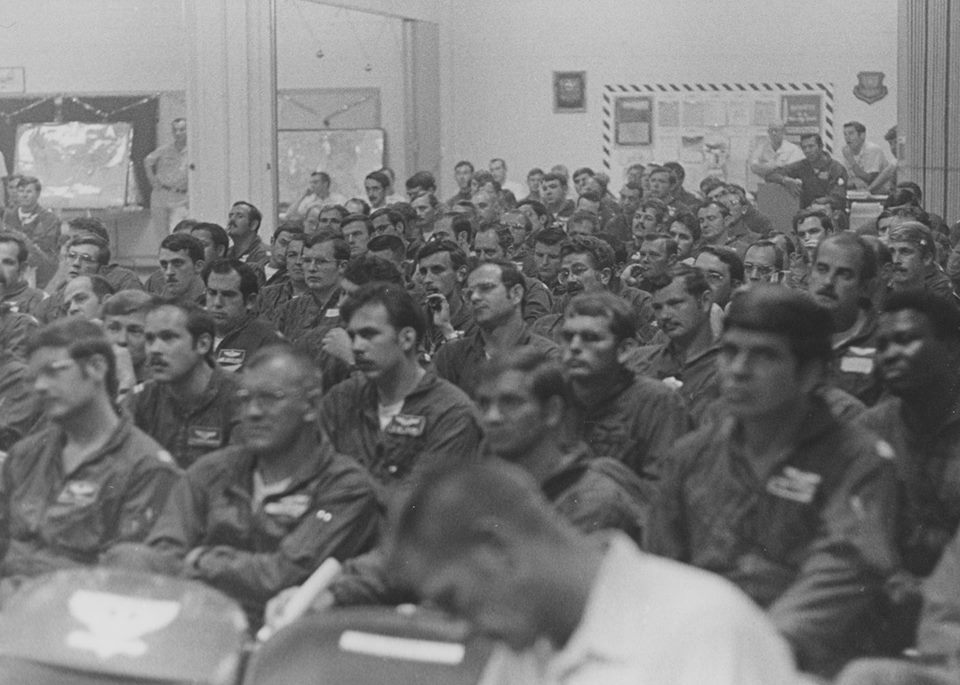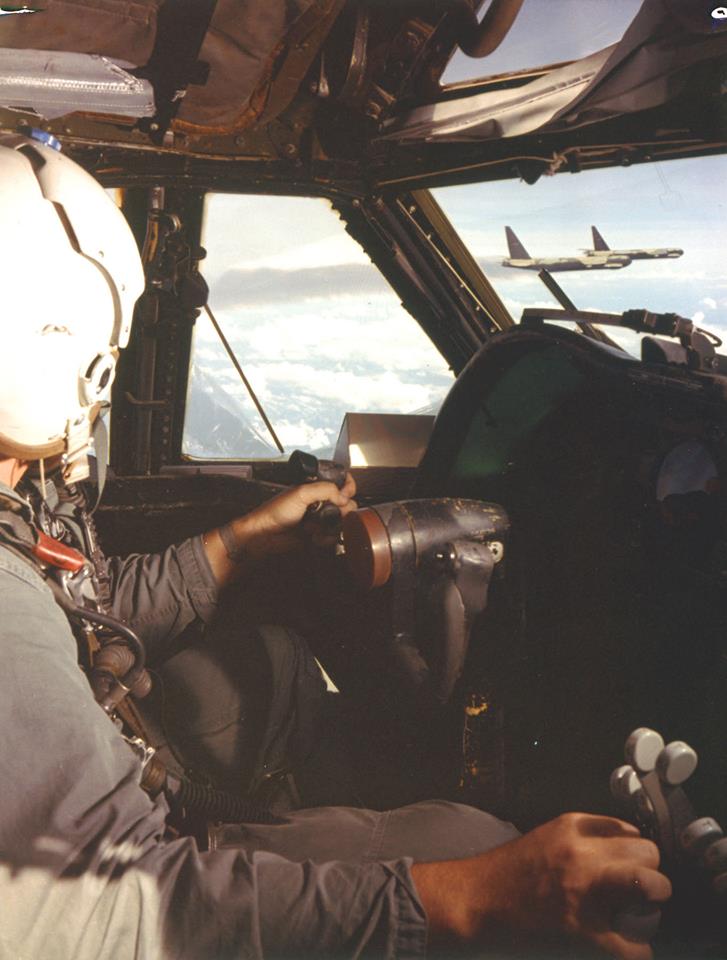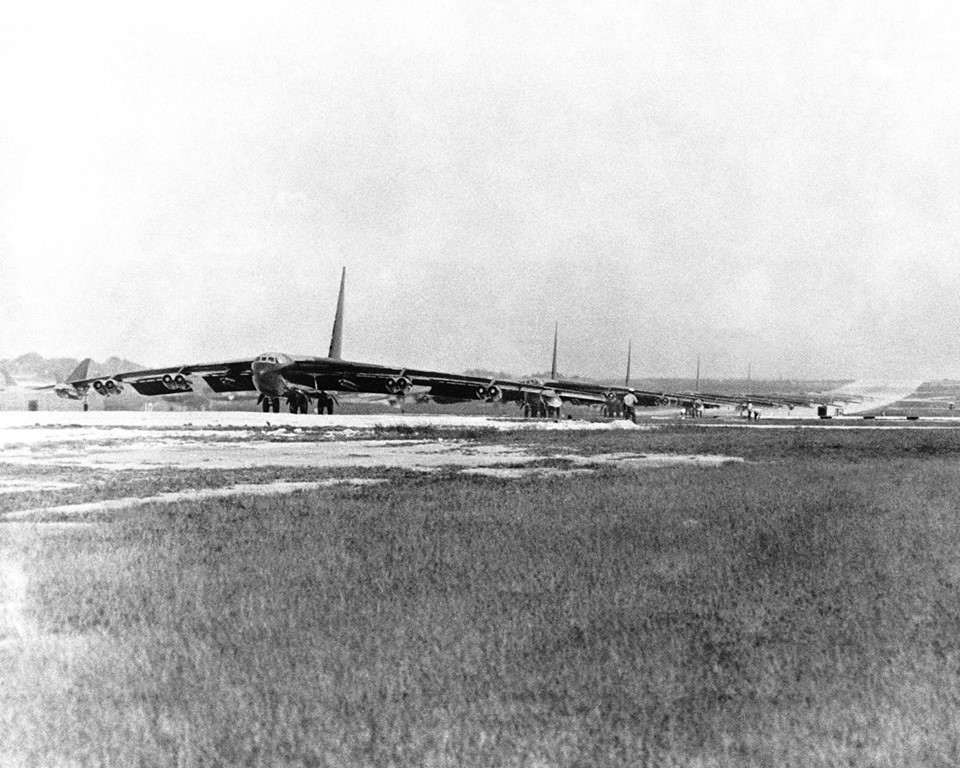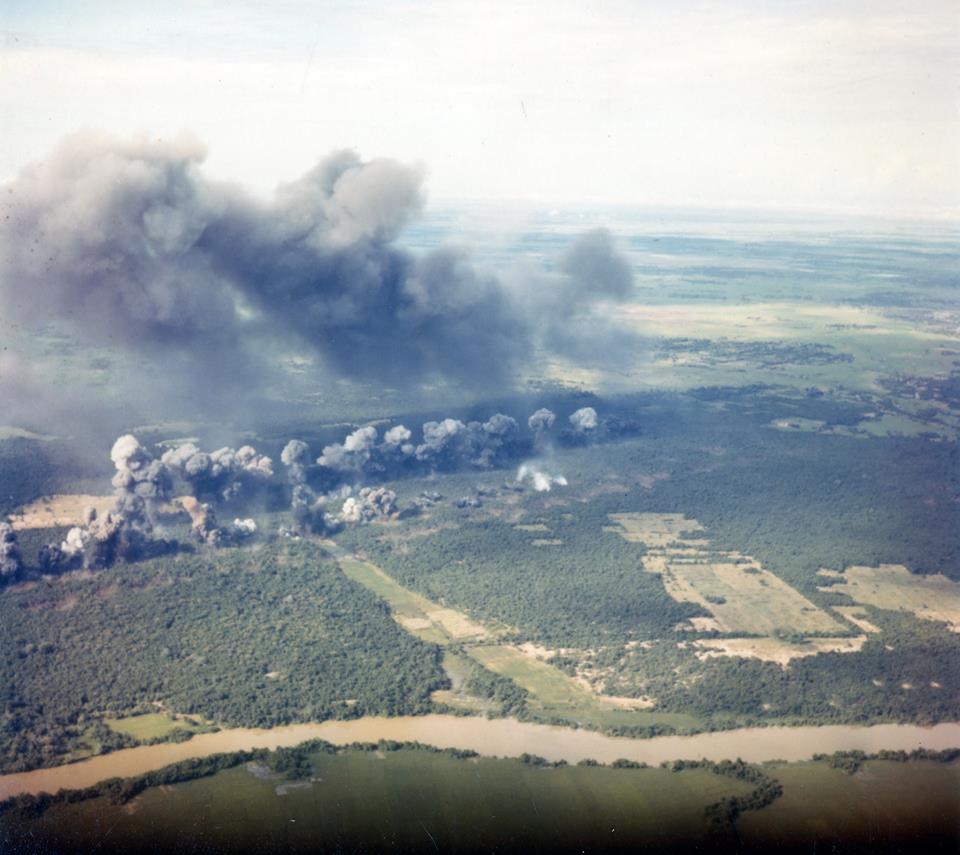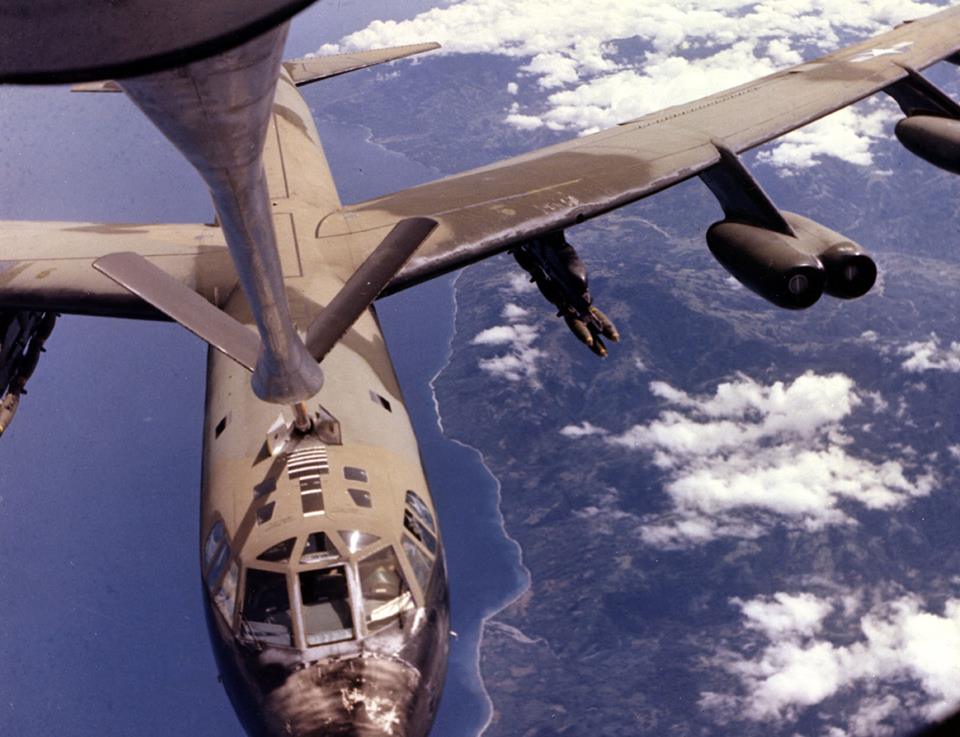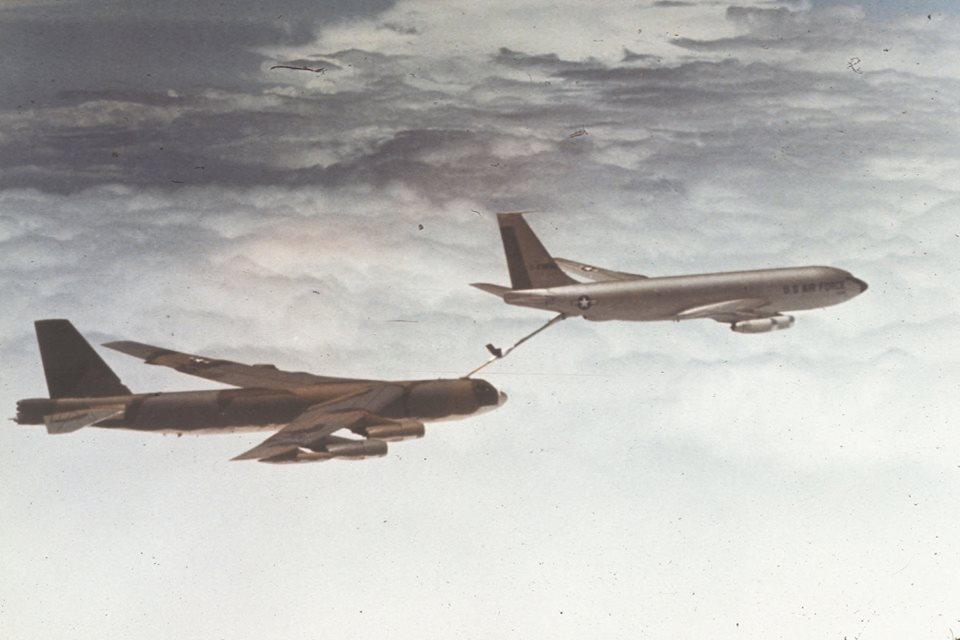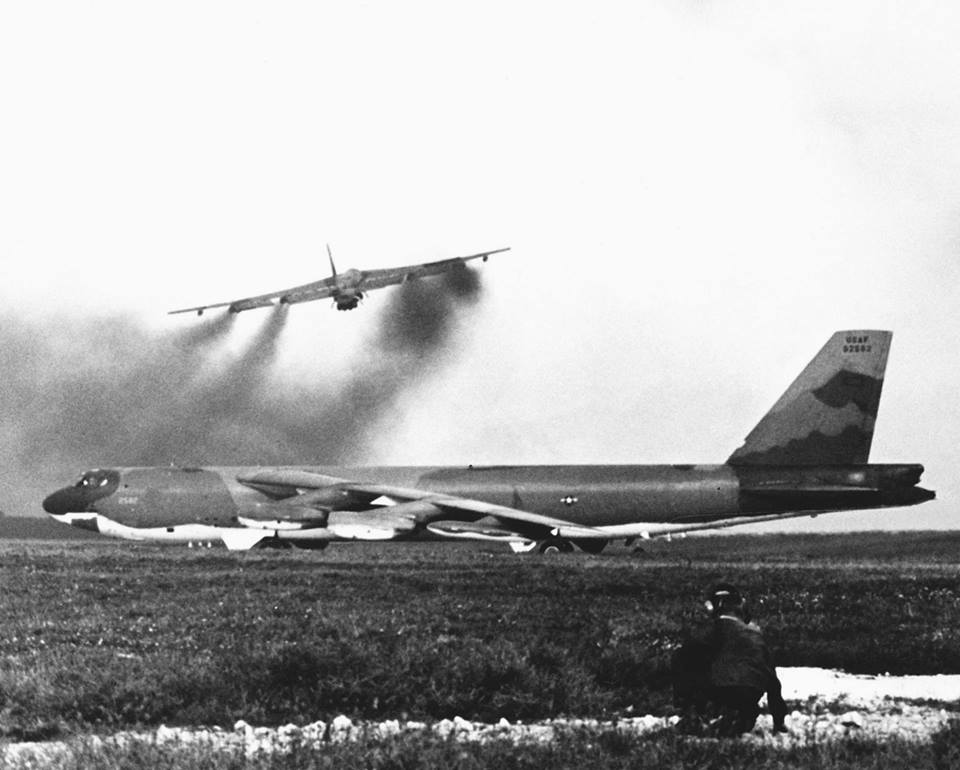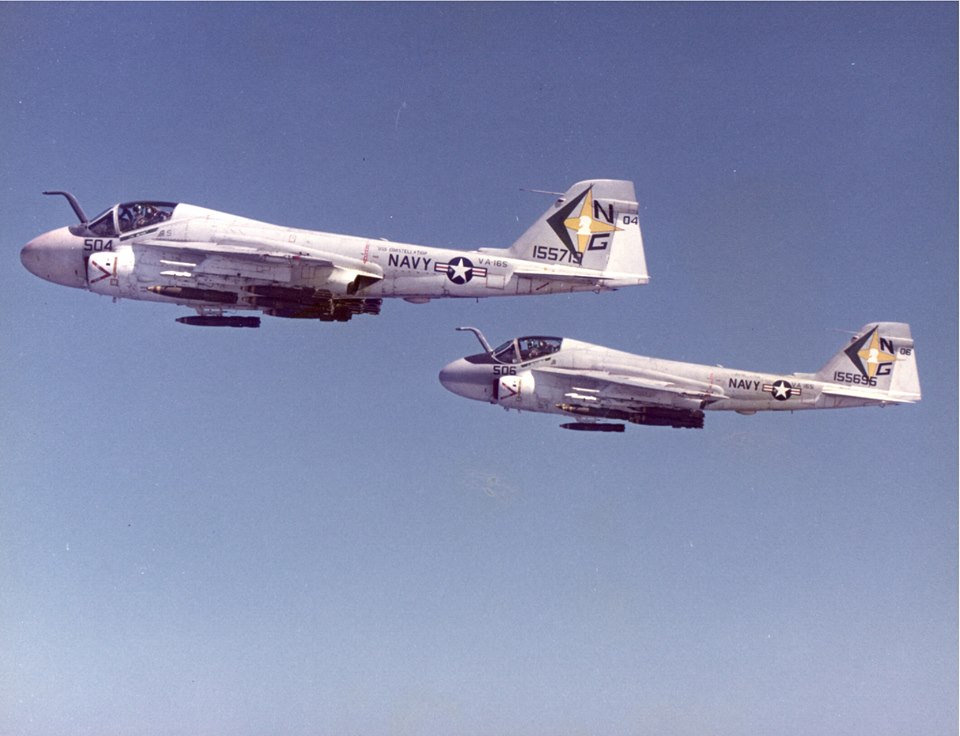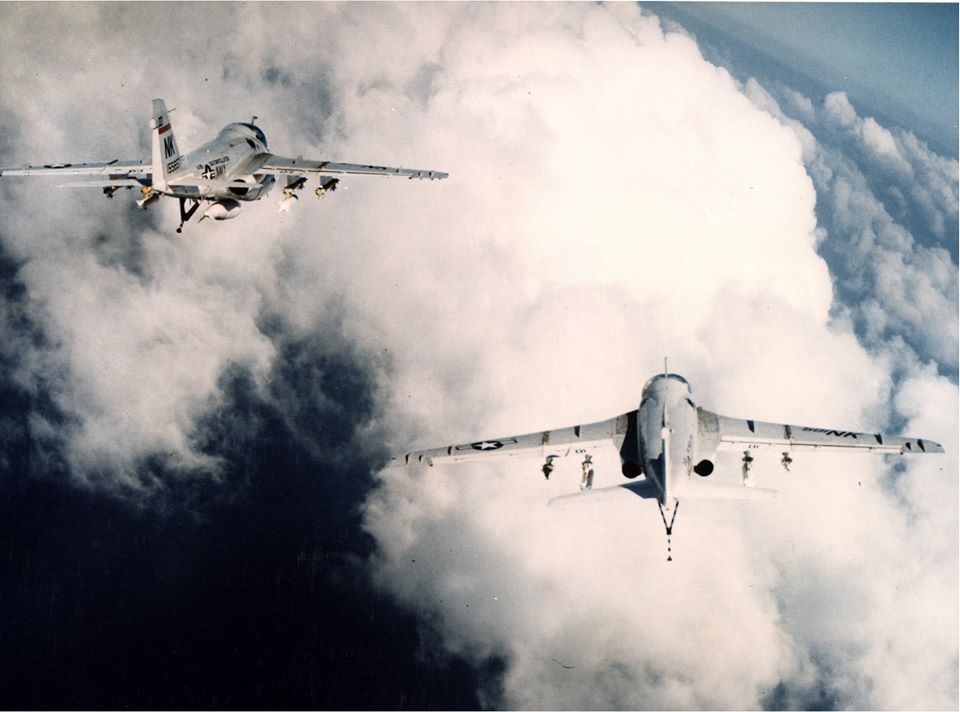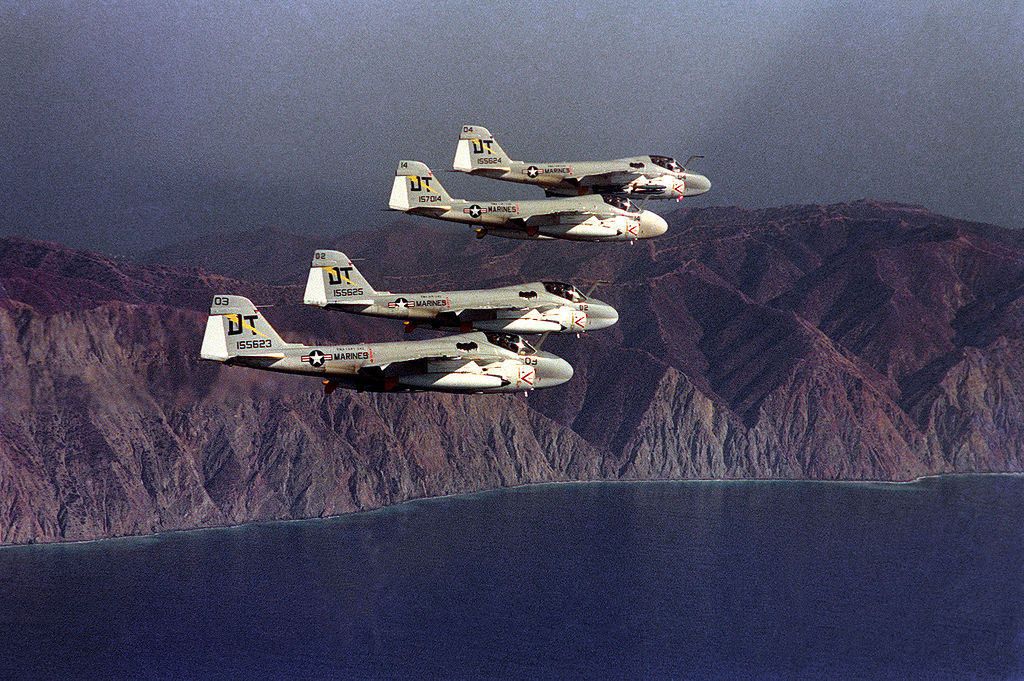While ZELL was a system where jet fighters and attack aircraft were planned to be mounted on sizable JATO rockets coupled to movable launch platforms, SATS was a test program for takeoff and landing on short runways
This post features a stunning video of German Air Force (Luftwaffe) F-104 Starfighter aircraft being tested for the Short Air Field for Tactical Support (SATS) and zero-length launch system or zero-length take-off system (ZLL, ZLTO, ZEL, ZELL) programs.
According to the video’s description, the ZELL system was designed to allow jet fighters and assault aircraft to be launched from mobile launch platforms using sizable JATO rockets. During the Cold War in the 1950s, the majority of zero-length launch experiments were conducted.
The SATS was a test program for short runway takeoff and landing that included a catapult, carrier deck-type arresting gear, and a runway with an aluminum surface made of interlocking lightweight metal alloy planking. Several hundred takeoffs and landings were successfully completed during the testing, which were conducted at the Naval Air Test Facility in Lakehurst, New Jersey, in the United States.
The main benefit of ZELL was the removal of the requirement for a vulnerable airstrip for takeoffs. Air forces might deploy efficient air defenses and unleash airstrikes in the case of an unexpected attack, even if their own airbases were destroyed. Although employing rocket boosters to launch airplanes proved to be reasonably trouble-free, a runway was still necessary if aircraft had to land at the same location. Bulky mobile launchers also proved to be expensive to run and challenging to move. Mobile launchers would have also raised security concerns, especially if they were accompanied by strike fighters carrying nuclear weapons.
ZELL tests were carried out by the Luftwaffe, the Soviet VVS, and the U.S. Air Force (USAF). An F-84G was the first manned aircraft to be ZELL-launched in 1955. ZELL was primarily of interest to the Soviet Union because it could be used to protect airfields and important targets with MiG-19 point defense systems. The larger F-100 Super Sabre and MiG-19/SM-30 “Farmer” tests (with the SM-30 using the Soviet-designed PRD-22R booster unit) used similar short-burn solid-fueled boost motors, of much more powerful 600 kN (135,000 lbs) thrust output. The American tests with the F-84s began with using the Martin MGM-1 Matador solid-fuel boost motor with about 240 kilonewtons (52,000 lbs) thrust output.
Due to logistical issues and the growing effectiveness of guided missiles, all work on ZELL aircraft was abandoned.
The development of aircraft with vertical (VTOL) or short (STOL) takeoff and landing capabilities was also driven by the need to field combat aircraft without relying on vulnerable landing strips. British Hawker Siddeley Harrier and Soviet Yakovlev Yak-38 are two examples of this.
Photo by San Diego Air & Space Museum Archives via Wikipedia



